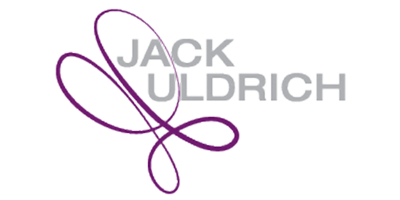
Earlier today I had the pleasure of participating in a “jamming session” at one of this country’s premier strategic planning groups, The Prouty Project. The event’s keynote speaker was Robyn Waters, the president of RW Trend and author of ”The Hummer and the Mini”—which was recently named one of the best business retailing books of 2007.
It was one of the most enjoyable presentations I have had the pleasure of attending in sometime and Waters’ talk epitomized the importance of being able to think counterintuitively. She has been called “The Queen of Paradox” and after listening to her speak, it is a fitting title. Waters spoke eloquently about “enhancing paradox” and she provided a wealth of examples, including her ideas about how various companies and individuals have enhanced such paradoxes as “mass customization,” “luxurious commodities,” as well as the trend toward “extreme relaxation.”
In my forthcoming book, Jump the Curve, I have a chapter called “Heads and Tails: It’s Counterintuitive” which focuses on the idea of how business leaders can exploit technological progress not only by harnessing the power of the technology itself but also by employing these breakthroughs in counter-intuitive ways.
For example, advances in nanotechnology can and will lead to ceramic materials—such as those used in bathroom tiles and toilets—which will get cleaner the more they are used. Or, due to advances in biotechnology, it will soon be possible to create foods that have the counter-intuitive effect of causing weight loss. (Coca-Cola and others are already exloiting this trend by devising calorie burning sodas.)
The real benefit of these advances is that they allow people to both have their cake and eat it too. For instance, people want cleaner homes but they have less time for cleaning. However, with the advances in nanotechnology, they will no longer have to choose. Or, in the biotechnology example, how people will soon be able to eat more without guilt because the dilemma of having to choose between taste, quantity and health might be minimized. (Unfortunately, such foods won’t be available in time for this year’s rash of Holiday parties.)
Of course, there are a host of other practical examples that more closely align with Waters’ categories. For example, advances in rapid prototype manufacturing could take mass customization to a new level; advances in synthetic diamonds could give real luster to some luxurious commodities; and perhaps new advances in virtual reality technology or neurotechnology will provide stressed-out American’s new ways to engage in extreme relaxation.
Still another area ripe for hunting paradoxes is the field of algorithms. I have written about this idea before, and I would encourage you to read this review I wrote of Ian Ayres excellent new book, Super Crunchers, which is chalk full of wonderful examples of paradoxes. (Mark Penn’s new book, Microtrends, which I have also reviewed, also provides a bevy of fodder for those of you interested in “enhancing paradoxes.”)
However, in keeping with the theme of paradoxes, I’d like to conclude with this paradox from J. M. Roberts, who came to only two conclusions at the end of his modestly titled 1000-page book, The History of the World: “History changes faster than one might expect … and history changes slower than one might expect.”
I agree and the beauty of many of today’s exponential advances in technology is that the Exponential Executive can “enhance the paradox”—and find a world full of new opportunities—by recognizing the truth in both statements.
Related Posts
Cultivate a Beginner’s Mind
Rapid Prototype Manufacturing: The Shape of Things to Come
Microsoft Has a New Technology on its Mind
Jack Uldrich is a writer, futurist, public speaker and host of jumpthecurve.net. He is the author of seven books, including Jump the Curve and The Next Big Thing is Really Small: How Nanotechnology Will Change the Future of Your Business. He is also a frequent speaker on future technology and future trends, nanotechnology, innovation, change management and executive leadership to a variety of businesses, industries and non-profit organizations and trade associations.
